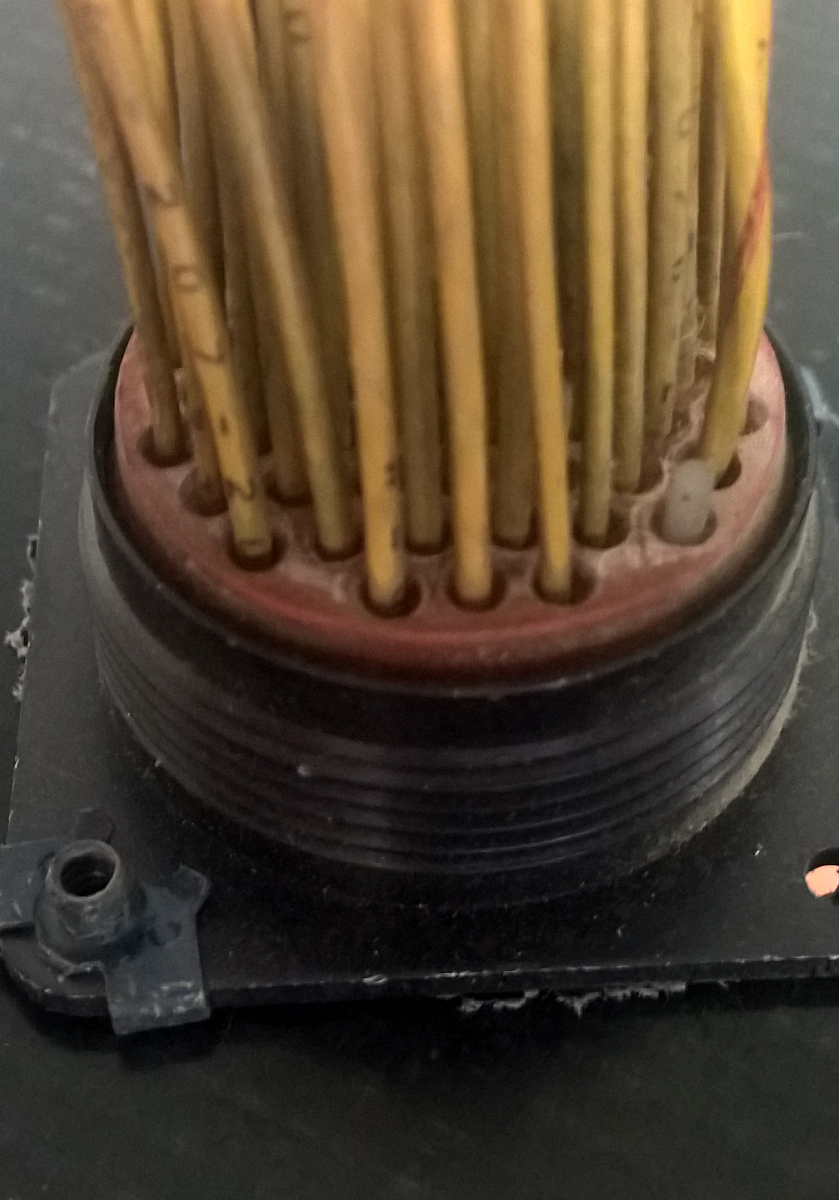The Spring 2016 Joint Services Wiring Action Group (JSWAG) meeting was held in San Diego last week. Lectromec had the fortune to be able to attend this great meeting that included participants from all branches of the U.S. military as well as several foreign organizations.
For those not familiar with the work of the JSWAG, you can see the group’s objective on their site:
Joint service forum provides advancement in safety, reliability, maintainability and readiness of all DoD aircraft by improving their electrical wire and interconnect (EWIS) and fiber optic cable systems.
- Improve reliability
- Reduce inventory
- Reduce cycle time
- Reduce ownership cost
Responding to Warfighter Wiring Requirement
The three-day meeting covered several topics from the system level, down to the actions needed to keep the wiring system fully functional. The following are a couple of items from the meeting.

Working with Connectors
For those working on wiring systems on in-service aircraft, the handling of connectors is among the most challenging tasks. There are so many removal tools, pin configurations, connector types, contact types, and cleaning recommendations that it can sometimes feel like a specialist is needed to understand what to do. One of the documents that maintainers used to be able to rely on was the MIL-STD-1646, “Selection and Use of Servicing Tools for Electric Contacts and Connections”. This standard “… establishes requirements for selection of electrical contact crimping tools, turret heads, positioners, die sets, wire wrap tools, installing tools, removal tools, and grommet sealing plugs, shown in detail in sections 100 through 600, for use with military electrical connectors and connections.”
For anyone in need of figuring out how to work with a connector, this was the document. Unfortunately, this document was canceled in 1996 with no superseding document, until now. The update to this document is the MIL-HDBK-1646, which will provide clear guidance on best practices for working with many of the connectors used on aircraft.
High-Speed Data
Aircraft produce, transmit, and consume an ever-increasing amount of data. To support these high-speed data applications requires the use of reliable components. Although standard circular connectors like the MIL-DTL-38999 have proven to be reliable, the use of these devices for high-speed data must be carefully considered. In particular, these connectors do not have matched impedance (that can cause signal reflection and degradation) and do not have a direct means to mitigate cross-talk (increase signal to noise ratio). Some of the work performed by the Naval Air Systems Command (NAVAIR) group has identified pin configurations for these MIL-DTL-38999 connectors that limit the potential impact of cross-talk.
In addition, high-speed data cables require precision and care when connected to terminating devices (connectors). One company that has done an excellent job providing guidance on this has been WL Gore.
Training
An item that is always of primary importance at the JSWAG meetings, is how to get the information from the working groups to those that need the information. Several presentations covered the effectiveness of training and how the U.S. military is working to get the critical information out. For those looking for how to maintain their fleets, get guidance on what actions should be taken to repair equipment, or find training opportunities, the JSWAG is a great resource.
Furthermore, I would recommend attending the JSWAG to anyone who works on military aircraft wiring systems, whether at the maintenance or program office level.
At the very least, for those that are maintaining fleets, keep up to date with the recommended practices for wire systems repair and maintenance found in the Navy’s 505 document, or the United States Air Force’s (USAF’s) TO 1-1A-14 document. These documents should be considered as a primary source of the most effective and appropriate actions for fleet maintenance.
Further Updates
In future articles, we will discuss some of the other topics from the meeting, including some of the work that Lectromec has performed with the Navy and USAF, which was presented at the meeting.
